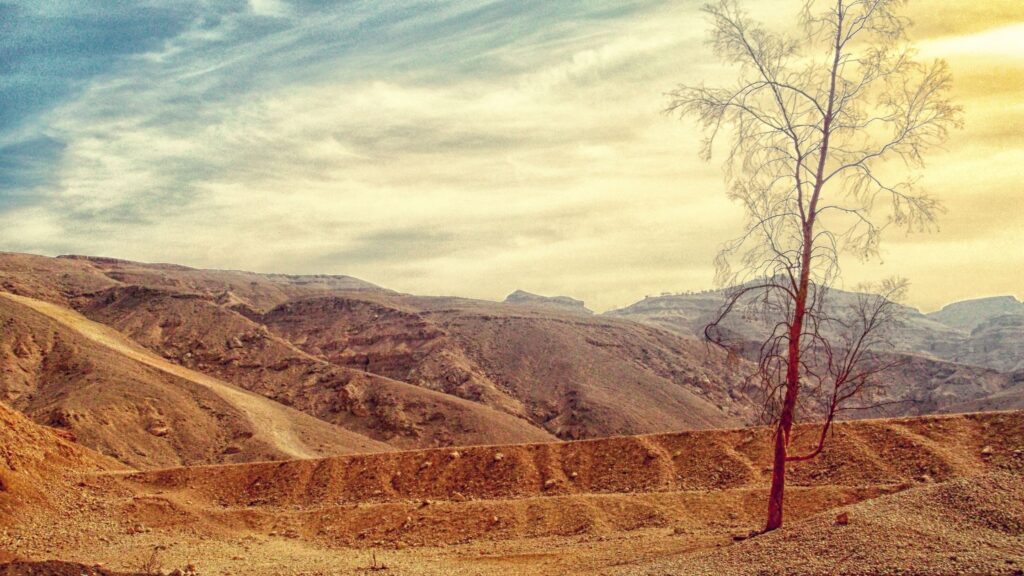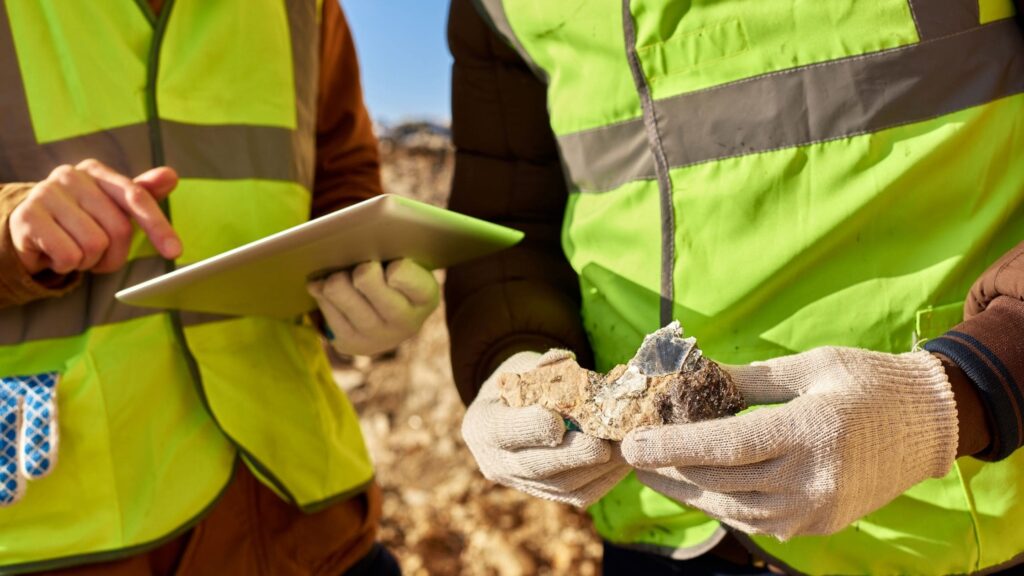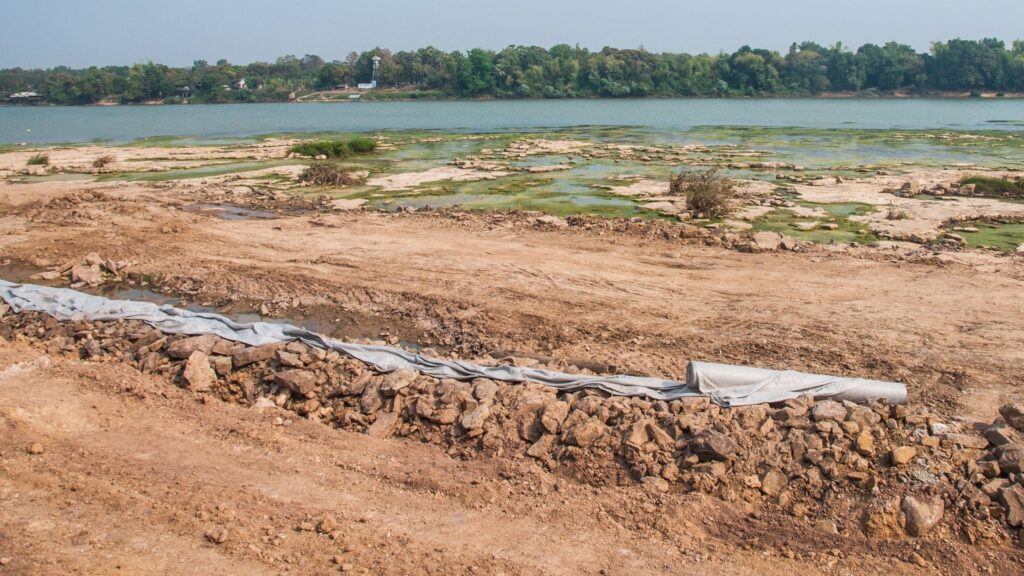As previously discussed, Mineral estates rights dominate surface estates rights when it comes to mineral exploration and drilling. As such, mineral rights owners may use all the surface estates for mineral production without compensating the surface rights owners. Surface rights owners can protect themselves by entering into a Surface Use Agreement.
A contract to protect your surface should be agreed upon with the mineral owner during the actual oil and gas lease negotiations. Assuming that the surface owner owns all of the minerals and has a seat at the table during negotiations. The lease agreement should feature a surface protection clause. But when the mineral ownership has been severed from the surface, and the surface owner becomes aware of the existence of an oil and gas lease when an oil company shows up suddenly to develop the land’s minerals. A Surface Use Agreement is the most appropriate option in these situations.
What is a Surface Use Agreement (SUA)?
Surface Use Agreements are voluntary agreements that govern the working relationship between a mineral owner or lessee and a surface owner regarding the company’s surface activities and the disturbed portion of the land during access roads and well sites construction on the land in question. Several states, including New Mexico and Oklahoma, require oil and gas companies to sign these agreements before they begin production. Surface owners in Texas are unfortunately not protected by legislation in this respect.
Mineral lessees are not obliged to enter into these types of agreements, but typically are open to doing so in the interest of maintaining a good working relationship with the surface owner. Therefore, surface owners in areas where the use of this agreement is not protected by law must use all the leverage, they can to entice an oil company to enter into such an agreement.
What are the benefits of surface use agreements for the mineral rights owner?
If the surface use agreement has been properly negotiated and arranged, the landowner will be adequately protected from liability issues, will receive maximum compensation for property damage if the mining company causes an accident or substantial damage to his property.
For surface owners in the west, particularly those with properties in the Niobrara Shale formation, it is essential to retain the ability to develop a surface estate and avoid any associated liabilities. The best way for a landowner to ensure the value of their property is to create a well-drafted surface use agreement in areas where oil and gas development is likely.
Because of the drilling process, certain damages may happen to different areas of the house and with the use of the surface area agreements, irreparable damage is handled and the lessee is obligated to a standard of reclamation which includes;
- Getting damaged wells up and running again
- Ensure future viability by reseeding
- Drill pits are filled
- Restocking livestock
- The possibility of future royalties being harmed by anything else
How to Negotiate a profitable Surface Use Agreement in the Oil and Gas Mineral Rights Industry?
Landowners and property lessee can reach an agreement regarding the use of the surface during drilling by signing a surface use agreement. Mineral drills can damage a property’s surface, which is why surface use agreements are usually required.
In such an agreement, the lessee is bound to a specific standard of reclamation and is prevented from causing irreparable damage to the property. To negotiate a profitable surface use agreement, certain steps need to be followed and certain information needs to be added to the surface agreement.
Different surface owners often acquire agreements restricting the use of surfaces or setting damages when surfaces are damaged. To ensure that both parties have a fair contract, an attorney should draft the contract. The structure of the agreement should include;
- Lessee’s Right
- Lessee’s responsibilities
- Surface owner benefits from surface usage
- Development Plans
- Water affecting issues
- Land use affecting issues
- Reclamation
- Safety Issues
- Health Issues
- Quality of life after drilling commences
- Issues with agreement enforceability
- How to handle separate agreements
- If lessee would bury or leave above ground the pipelines they will install
- Noise Abatement procedure details
Are there any laws and mechanisms that protect the lessor?
There are always changes in oil and gas laws. Therefore, energy industry professionals need to have good legal representation to help them navigate the laws that protect the lessor in the surface use agreement.
The laws and mechanism that protects the lessor in the surface right agreement include; In the event of the sale or lease of oil and gas, all parties should agree on the extraction process, how reclamation will happen, what equipment should stay on the land, level of Lessee access required, and who bears the responsibility for the problems.
A majority of states have mining regulations that limit the operations of mining companies during extraction and require reclamation. Oil and gas companies are mandated to also pay for any damages to the surface. The lessor agrees to a certain percentage of payment in case of surface damage. The lessee is also liable to pay for any damage to the water supply source to the property. These are the laws that favor the lessor.
What Are the Different Surface Use Agreement Clauses and Rights?
The different surface use agreement anyone legal representative can coin usually come with different clauses and rights that will be attributed to both parties. The agreement usually begins with a list of landowner obligations. This list includes;
- Re-seeding of disturbed areas
- Damage Compensation
- Landowner use of drill site
- Permission to bury synthetic pit liners
- Survey Plats
- Waiver of facility setback regulation
- Permission to raise utility likes
- A setback of future buildings from the company well facilities
- Landowner uses of property
- The oil and gas company/lessee’s duties are the next things typically listed in a document. It talks about the company’s rights to
- Drill site
- Excess Material
- Firewood
- Surveys
- Agreement Recording
- Repair and maintenance of the access road
- Burial of pipelines
- Noise abatement
- Pits and burial of pipelines lines
- Reclamation
- Indemnification and,
- Compliance
There is also a section for general provisions which talk about clauses like
- The term of the lease
- No waiver of rights
- No application to other wells
- Successor and Assigns
- Applicable law
- Entire agreement
- Further Assurance
What to do if you are not the owner of the surface use agreement on your property and an oil and gas company wants to drill on your land?
If you are not the owner of the surface use agreement on your property and an oil and gas company wants to drill on your land, a title company can conduct a mineral rights search on your behalf to get the owner of the surface use agreement who can then assent to the request of the oil and gas company.
You have no right to give access to anyone without the original owner coming to assent to whatever new deal wants to happen. If the mineral rights holder needs to negotiate a compensation agreement with you, it largely depends on the state.
Conclusion
If you want to set up a surface use agreement, you have to get a legal representative to draw up the contract. Surface Use Agreements are sophisticated documents, and it’s crucial that they are drafted so that all parties involved have their rights and responsibilities spelt out.









Leave a Reply